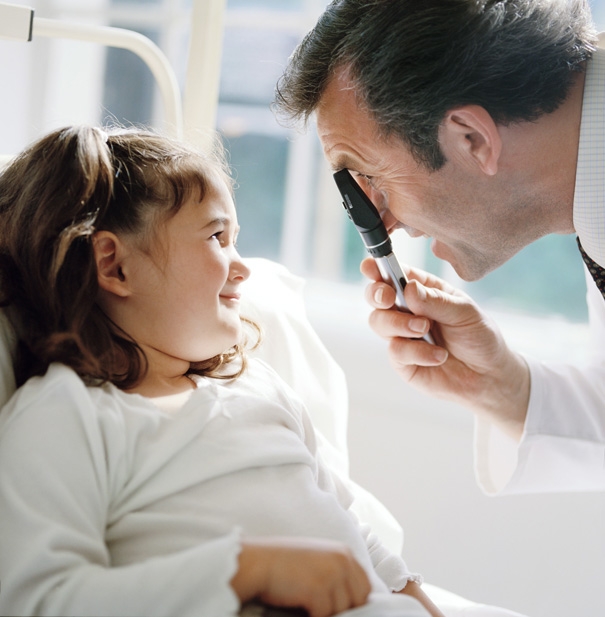 Doctors of Osteopathic Medicine (DOs) are fully licensed physicians. They provide a full range of services, from prescribing drugs to performing surgery, and they use the latest medical tools. But DOs offer something special—their unique approach to patient care. Osteopathic physicians are trained to:
Doctors of Osteopathic Medicine (DOs) are fully licensed physicians. They provide a full range of services, from prescribing drugs to performing surgery, and they use the latest medical tools. But DOs offer something special—their unique approach to patient care. Osteopathic physicians are trained to:
teach patients how to prevent illness and injury by maintaining a healthy lifestyle.
look at the whole person to reach a diagnosis without focusing just on symptoms.
help the body to heal itself.
believe that all parts of the body work together and influence one another. DOs are specially trained in the nervous system and the musculoskeletal system (muscles and bones).
perform osteopathic manipulative treatment (OMT), a hands-on approach to diagnosing, treating, and preventing illness or injury.
The DO Difference
If you’ve never been to a DO before, you may wonder what to expect. A typical office visit includes four parts: interview, exam, diagnosis, and treatment.
Interview: The DO will talk with you about your medical history. In addition, you will be asked about such factors as your home, work, and family life.
Exam: Your DO will do a complete physical exam. If necessary, tests will be ordered. The physician will do a structural exam, which starts by checking your posture, spine, and balance. The DO will then use fingers to feel your back, hands, and feet. Also, the physician will check your joints, muscles, tendons, and ligaments.
Diagnosis: The DO will consider the results of the interview and exam and will tell you what may be causing your symptoms.
Treatment: The DO will suggest a treatment plan. This may include such options as drugs and surgery. It may also include OMT. Depending on how severe your problem is, you may need more than one OMT session.